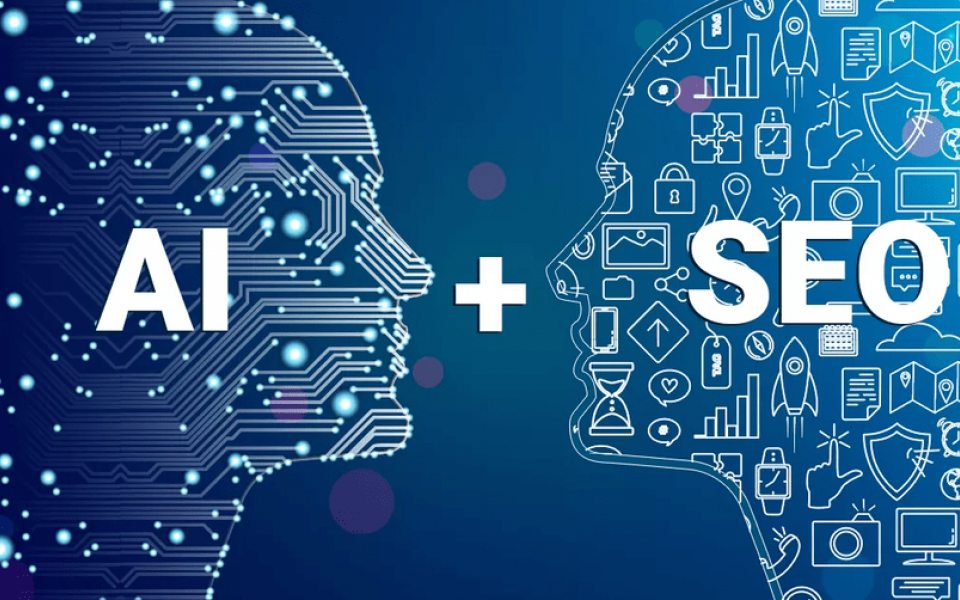The world of digital marketing is filled with buzzwords. From SEO to CRO, and now GEO, LLMO, and AEO, the acronym soup can feel overwhelming. But what if we told you that these seemingly new terms are just modernised evolutions of good old SEO? That’s right.
Generative Engine Optimisation (GEO), Large Language Model Optimisation (LLMO), and Answer Engine Optimisation (AEO) are not replacements for SEO – they’re intelligent extensions of it.
With the rise of artificial intelligence and the increasing use of tools like Google’s AI Overviews and ChatGPT, businesses in Australia and globally are exploring how they can adapt.
But the core principles remain unchanged: visibility, credibility, and helpfulness. These principles are the heart of SEO and now underpin the strategies that support GEO and LLMO as well.
In this comprehensive guide, we break down these buzzwords, show how they connect to traditional SEO, and give you a step-by-step roadmap to future-proof your digital presence.
Understanding the Acronyms
A. What Is GEO?
Generative Engine Optimisation (GEO) refers to optimising your content so that it appears in AI-generated search results, such as Google’s AI Overview (SGE) or Bing’s integration with ChatGPT. When users ask questions in these tools, GEO determines whether your brand or content is cited or summarised.
For example, a blog that clearly explains “What is electric vehicle charging infrastructure?” and is backed by trustworthy backlinks may be selected as a source in AI-generated snippets.
Why it matters:
-
Generative engines are becoming the front page of search.
-
They summarise and synthesise answers using data from multiple trusted sources.
-
Your visibility here boosts brand authority and organic traffic.
B. What Is LLMO?
Large Language Model Optimisation (LLMO) focuses on making your content more likely to be interpreted correctly and used effectively by models like ChatGPT, Claude, and Gemini. These models are trained on vast datasets and learn to respond based on patterns and accuracy.
What helps:
-
Clear, structured, factual content.
-
Entities and topics that match training data.
-
Presence in publicly indexed sources.
For example, if your business is frequently mentioned in niche blogs or government sources, it becomes part of the LLM’s knowledge base. This is especially useful for medical, legal, or technical industries.
C. What Is AEO?
Answer Engine Optimisation (AEO) is about crafting content that directly answers specific queries. Google’s featured snippets, “People Also Ask” sections, and voice search results all benefit from AEO strategies.
AEO techniques:
-
Using question-based headings (e.g., What is off-page SEO?)
-
Concise answers in the first paragraph.
-
Proper use of schema markup like FAQ, HowTo, and Q&A.
In Australia, where mobile and voice search are heavily used, AEO is increasingly important.

The Core Argument: Why It’s All Still SEO
Despite the shiny new acronyms, GEO, LLMO, and AEO still rely on SEO fundamentals. These include:
-
Helpful, quality content: Written to inform, not manipulate.
-
Strong backlink profile: Endorsements from relevant, high-authority sites.
-
Optimised technical setup: Proper crawlability, speed, and schema markup.
Why these matter:
Search engines and LLMs both depend on:
-
Reliable sources
-
Contextual understanding
-
Semantic and structured content
In short, if you’re already investing in great SEO, you’re halfway through GEO.
How LLMs Actually Use Content
Let’s understand how large language models like ChatGPT or Google’s Gemini actually work.
Training data vs Grounding sources:
- Training data: Static sources scraped during model training (e.g., Common Crawl, Wikipedia).
- Grounding sources: Real-time, authoritative sources like Bing or Google Search indexes used to verify or enrich responses.
Implication:
To appear in generative results, your content needs to:
- Be part of search indexes (SEO ranking).
- Be mentioned in reputable sources (brand mentions).
- Offer factual, structured, and authoritative information.
Example: If you run an NDIS support website and your content is cited by Health.gov.au or a major publication, your LLM visibility improves significantly.
SEO Tactics That Boost LLM and Generative Engine Visibility
A. High-Quality, Topical Authority Content
Google rewards depth. To rank in SGE or be cited by LLMs:
- Create pillar content around core topics.
- Use FAQs, how-tos, stats, and examples.
- Update content regularly.
Example: A solar panel installer in Sydney could publish a guide: “How to Choose the Right Solar Panels in Australia” with local stats and answers.
B. Structured Data and Semantic Markup
Structured data helps both search engines and AI understand your content.
Must-have schema types:
- FAQPage
- HowTo
- Article
- LocalBusiness
- Product
C. Link Building & Brand Mentions
Backlinks still matter — they are a vote of confidence.
- Focus on relevant directories, guest posts, PR.
- Local citations (especially for Australian businesses).
- Brand mentions in non-linked citations also feed LLMs.
D. Indexing in Search Engines
Since LLMs like Bing Chat and Google AI pull data from indexes:
- Ensure all important pages are crawlable and indexable.
- Submit updated XML sitemaps.
- Fix duplicate, broken, or redirected URLs.
Why “Black Hat GEO” Is a Temporary Game
Some marketers are trying to exploit LLMs with prompt injection, keyword spamming, or AI feedback manipulation. These are akin to black hat SEO tactics of the past.
Examples:
- Embedding hidden prompts in content to appear in ChatGPT answers.
- Generating AI content farms purely to spam keywords.
Why it’s risky:
- AI companies are constantly improving their models.
- Manipulative content is often removed.
- You risk penalties, bans, or future irrelevance.
Best practice:
Build long-term trust, not short-term tricks.

Where SEO Is Headed in the AI Era
Search is evolving, not disappearing. Here’s what the future holds:
A. First-hand Experience & E-E-A-T
-
Content written by experts or first-hand users (e.g., reviews, case studies) will thrive.
-
Google prioritises experience in its updated E-E-A-T guidelines.
B. Entity-Based SEO
-
Focus on becoming a known entity in your niche.
-
Use consistent brand language, NAP citations, schema, and Wikidata where possible.
C. Multimedia & Interactive Search
-
Video, podcasts, and infographics increasingly surface in AI results.
-
Integrate different content formats into your SEO strategy.
D. AI Content + Human Editing
-
Use AI for drafts or outlines, but ensure human oversight for tone, facts, and nuance.
Actionable Checklist: How to Optimise for GEO/LLMO/AEO Today
☑ Research user queries:
-
Use Google Search Console, Ahrefs, or Semrush.
-
Identify which questions AI Overviews are answering.
☑ Optimise for question-based content:
-
Use headings like “What is,” “How to,” “Why does,” etc.
☑ Use schema markup:
-
Implement FAQ, HowTo, and Article schema on key pages.
☑ Build authority and backlinks:
-
Pitch guest posts.
-
Get reviews/testimonials from customers.
-
Get listed on .gov.au or .edu.au if possible.
☑ Create brand-driven content:
-
Include author bios.
-
Share case studies, testimonials, media coverage.
☑ Track visibility in SGE:
-
Use Chrome plugins or analytics tools to check where your content appears in AI Overviews.
Conclusion
The acronyms may be changing, but the mission remains the same: create useful, trustworthy, well-structured content that helps real people. GEO, LLMO, and AEO all emerge from the foundational elements of SEO.
By understanding how AI engines, LLMs, and answer engines interpret and surface content, you can refine your strategy without reinventing the wheel. Invest in quality, build authority, and maintain technical SEO standards – and you’ll be well-placed to win in the age of AI-enhanced search.
Ready to future-proof your SEO strategy?
Reach out to our digital marketing experts at Mulwaree for a personalised audit tailored for the AI-first era.

